An ideal voltage measurement device will have infinite impedance. This is impossible as all voltage measurement devices need a small amount of power when making the voltage measurement. Common oscilloscope probes have an impedance of 10 million ohms. There are variations available.
In a normal room wired for main (120 volt AC service) there is a good amount of associated electrical noise. This noise can induce a small current in any conductive material. How much that effects a voltage measurement depends on the impedance of what is being measured. We can use ohms law to find out how much current is needed for your 6mV peak to peak oscilloscope measurement above (assuming you are using 10Mohm ohm probes):
V = I x R
6mV = I x 10Mohm
I = 6E-3 / 10E6
I = 6E-10
I = 60nA
As you can see, only a very small amount of current is needed to deflect the oscilloscope trace 6mV.
To find out how much this noise will effect your voltage reading while connected to your 27 ohm resistor we first need to find the over all resistance:
1/R(over-all) = 1/10E6 + 1/27
R = 26.9999271
Then we can find the expected additional voltage due to the noise we measured:
V = I x R
V = 60nA x 26.9999271
V = 1.62uV
The second scope trace is set to a little more than 1/10th volt per division. So it is unlikely a deflection of 1.62uV will be observable.

